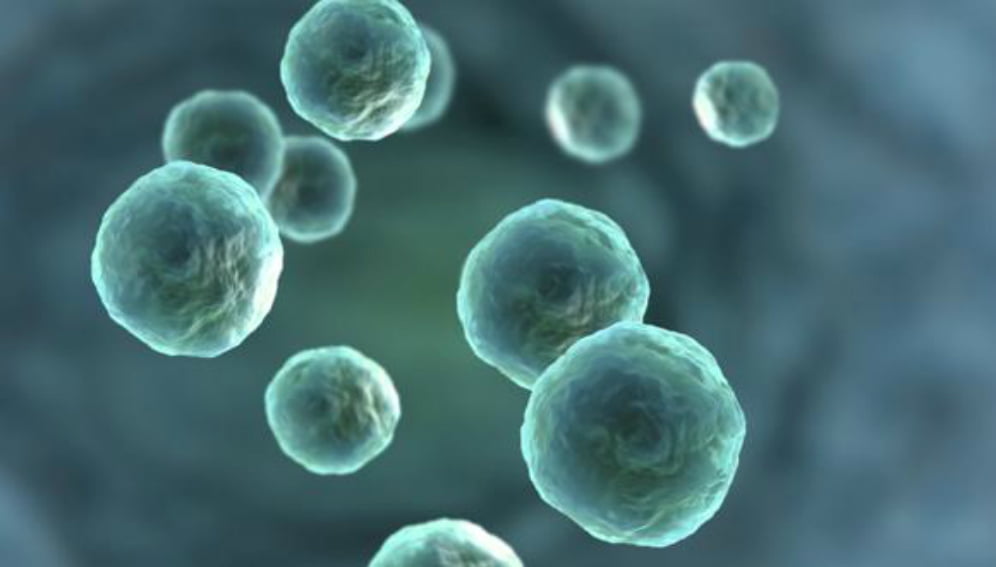Patients suffering from Huntington’s, usually adults in their mid-thirties and forties, face a devastating prognosis: complete mental, physical, and behavioral decline within two decades. While the exact cause of the disease still remains elusive, a new study from Tel Aviv University may push researchers in the right direction and pave the way for more effective treatments in the future.
Professor Gerardo Lederkremer and Dr. Julia Leitman of Tel Aviv University’s Department of Cell Research and Immunology have recently discovered that protein clusters, long considered the cause of Huntington’s disease, do not actually harm brain cells, but rather serve to protect them. They believe it is actually the “stress response” of brain cells that causes brain cell damage and the progression of the disease.
Related articles
- ‘Treatment-Resistant’ Tumors Might Be Treatable After All, Hebrew University Shows
- Study: Common Drug Could Prevent Injury-Related Epilepsy
By interfering with the stress response of brain cells, rather than the formation of protein clusters, scientists may be able to slow, or even halt, the progression of not only Huntington’s, but other neurodegenerative diseases, such as Parkinson’s and Alzheimer’s.
Pinpointing the Cause
Researchers have long believed that Huntington’s disease results from a mutation that causes a protein called Htt to become abnormally sticky and form toxic clusters, or “aggregates,” in neurons. Targeting these protein aggregates has become the primary focus of newly developed pharmaceutical therapies. But according to Lederkremer and Leitman’s research, these drug treatments may not only be ineffective — they may actually pose a serious threat to patients.
In two innovative studies, published in the journals PLOS ONE and Nature Communications, Lederkremer and his team demonstrated that protein clusters are not the cause of brain cell damage in Huntington’s disease. On the contrary, these agents actually serve as a defense mechanism for “stressed” brain cells. By using cutting-edge microscopic technology on tissue cultures, their studies identified a different causative agent — the “stress response” of affected brain cells.
A protective mechanism
Sign up for our free weekly newsletter
SubscribeLederkremer and his team examined samples of brain cells from mouse models afflicted with Huntington’s disease using “live cell imaging,” the study of live cells through time-lapse microscopy. Lederkremer’s team in collaboration with Professor Ulrich Hartl of the Max Planck Institute for Biochemistry, were thus able to identify a compound that modified brain cells’ response to stress, promoting their survival.
“What we found in this study — a surprise, although we suspected it — was that damage to the cells, the cell ‘stress’ that leads to death of cells, appeared well before the protein aggregates did,” said Lederkremer. “And even more surprising, when the aggregates finally appeared, the stress was reduced, in some cases even stopping. The actual process of forming an aggregate was protective, isolating and segregating the problematic proteins.”
Disruptive research
With several pharmaceutical companies already in advanced stages of development of drugs inhibiting the formation of these protein clusters, this study has considerably upsetting implications.
“Drugs being developed to interfere with the formation of protein aggregates may in fact be detrimental,” said Lederkremer. “The drugs should be focused on another area altogether, and the protein aggregates, a protective resource for the brain, should be left intact.”
But the future of effective treatment looks promising. According to Lederkremer, this research paves the way for a revolutionary new direction for pharmaceutical research to treat Huntington’s, Alzheimer’s, Parkinson’s, and other neurodegenerative diseases.
Related posts

Israeli Medical Technologies That Could Change The World

Harnessing Our Own Bodies For Side Effect-Free Weight Loss

Missing Protein Could Unlock Treatment For Aggressive Lung Cancer




Facebook comments